12 Benefits of Interior 3D Rendering Services
With traditional 2D rendering services, you can run into quite a few unforeseen problematic issues. This is especially true for the more complex interior designs. Yet, many of these issues can be overcome with today's 3D interior rendering techniques. Here are some examples that show a few of the major benefits of this technical approach.
1.) A considerable time savings
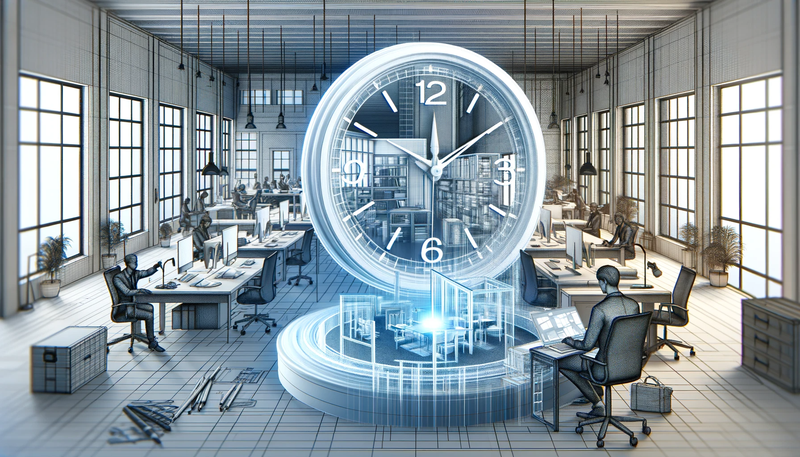
Incorporating 3D rendering in interior design streamlines the design process. It saves valuable time. When selecting a 3D rendering company, ensure they have a substantial portfolio. The portfolio should showcase their expertise in interior design projects. The nature of interior design projects differs from those geared toward developers. Most times, the goal is to develop the design concept and obtain client approval. Developers often require completed marketing images.
However, finding a rendering company that offers interior design rendering services can be a game-changer. It can save you time. By collaborating with such a company, designers can bypass the traditional process of presenting mood boards. Instead, they can provide clients with vivid 3D renderings. The renderings instantly convey the envisioned design. This allows clients to visualize the design concept more accurately. It also helps them make informed decisions, expediting the approval process.
Mood boards still hold relevance in certain contexts. Transitioning from mood boards to 3D renderings provides a powerful tool. It engages clients. It also helps achieve their buy-in more effectively. 3D renderings offer visual impact and realism. They enable designers to present their ideas with greater clarity. This makes the design process more efficient and seamless.
Ultimately, integrating 3D rendering into interior design workflows enhances communication between designers and clients. It also speeds up decision-making. This leads to higher client satisfaction and improved project outcomes.
2.) A more cost-effective solution
In recent years, the cost of interior renderings has seen a significant decline. Nowadays, it is common to find rendering services. They can deliver a fully rendered room at a price point below $1000. This cost reduction is helpful when exploring multiple colour schemes for a design concept. It offers substantial time and cost savings. Designers can swiftly present various options to clients such as lighting fixtures or access doors like the innovative
BA-FT-8080 aluminum floor access door
. They don't need extensive physical samples or costly trial-and-error processes.
Many clients will pay for interior renderings, recognizing their value. As a result, designers can position themselves as valuable partners. This is instead of incurring additional expenses for their clients. This cost-sharing arrangement fosters a win-win situation. It enables designers to focus on delivering exceptional design solutions. Meanwhile, clients benefit from visualizing and approving the proposed concepts with greater clarity.
Interior renderings are now more affordable, making high-quality visualizations accessible to more designers. This allows designers to present their ideas in a better and faster way. It also allows them to incorporate 3D renderings into their design process. It helps improve client engagement and the overall design experience. Designers can add value by using cost-effective interior renderings. The renderings simplify decision-making. They help create outstanding designs that match their client's vision and preferences.
3.) Help others understand your vision
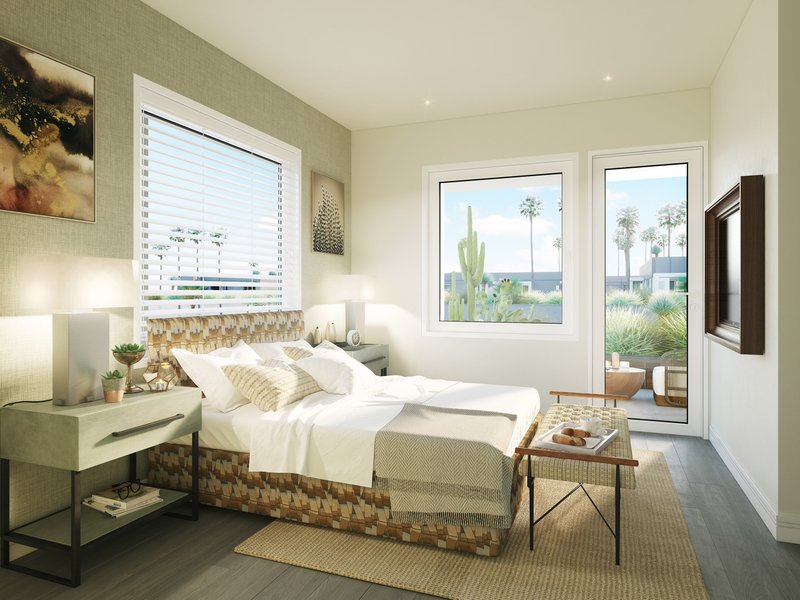
Talented architects and designers can easily imagine a design space. They use CAD drawings and mood boards to bring their ideas to life. For regular people, understanding and imagining a space from abstract plans and designs is hard. This is where 3D rendering comes in. It helps bridge the gap between imagination and reality. Over the years, 3D rendering has improved a lot. Now, the rendered images look like actual photographs. The level of detail, textures, lighting, and realism achieved in 3D renders is amazing. Architects and designers can use this advanced technology to give clients, stakeholders, and the public a visually immersive experience. They can see and understand how a project will develop. Non-professionals find it difficult to understand traditional 2D plans and elevations. 3D rendering provides a tangible representation of the design. It helps viewers understand the spatial relationships, scale, and proportions of the project. It does so in a way that is intuitive and easy to understand.
By showing a photorealistic 3D rendering, architects and designers can effectively communicate their vision. This makes it easier for clients and stakeholders to envision the outcome. It also helps them make informed decisions. 3D rendering makes the design process more realistic and contextual. Architects and designers can explore different material choices, colour palettes, and lighting scenarios. This helps them refine and optimize the design. Clients can experience a virtual walkthrough of the space. They can understand the design concept and how it will impact their daily lives. 3D rendering helps with communication and collaboration among project stakeholders. Architects, interior designers, engineers, and contractors can discuss potential challenges or improvements early on. They can then address these issues together. This reduces misunderstandings, errors, and costly revisions later on. It also streamlines the project timeline and budget.
4.) Easily Show Concepts and Options for a Project

Design projects often offer many choices. There are options for room layouts, colour schemes, and window and door placements. 3D renderings are valuable tools in this context. They help showcase distinct possibilities and make collaboration easier for clients, decision-makers, and designers. By using 3D renderings, designers can show clients visually appealing options. These renderings realistically represent different room layouts. Clients can see how furniture and elements would be arranged in the space. The renderings also show light or dark colour schemes. This helps clients understand the ambiance and mood of each option. 3D renderings are great for illustrating the impact of window and door placements.
Clients and decision-makers can see how natural light enters the space, and the views captured. This helps them make informed choices and have productive discussions. The versatility and precision of 3D renderings make them effective collaboration tools. Designers can present a range of options and refine concepts based on feedback. Clients and decision-makers can explore alternatives and compare visuals. They can also provide input to make sure the final design matches their vision and preferences.
5.) The Precision of 3D Renderings
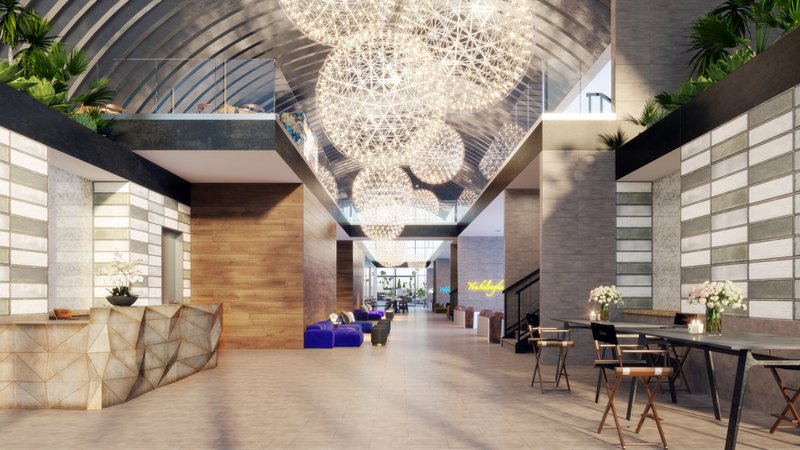
Hand-drawn pictures have a special charm and artistic style. However, 3D software has changed the industry. It allows precise and accurate architectural designs. Hand-drawn pictures can be interpreted differently. However, with 3D software, designers can stick to the plan with great attention to detail. With many tools, 3D artists can easily bring in CAD plans or models to make an exact copy of the design. The software's measuring abilities and realistic camera settings make the pictures look even more real. 3D pictures are so detailed and realistic nowadays that they can look like actual photos. Using 3D software has given architects, designers, and clients a powerful way to see projects accurately. The software captures all the details, realistic light, textures, and materials. This makes it easier to show and explain designs. It lets people experience a virtual version of the project before it's built, which helps with making decisions and solving problems. It also ensures that the result matches the expectation.
Using 3D rendering software offers practical benefits beyond the visual realm. It facilitates efficient collaboration among project teams. This allows for clear communication and a shared understanding of the design. Identifying and addressing potential issues or modifications early on saves time and resources. It also avoids costly revisions during construction.
6.) Fast and Easy Distribution and sharing
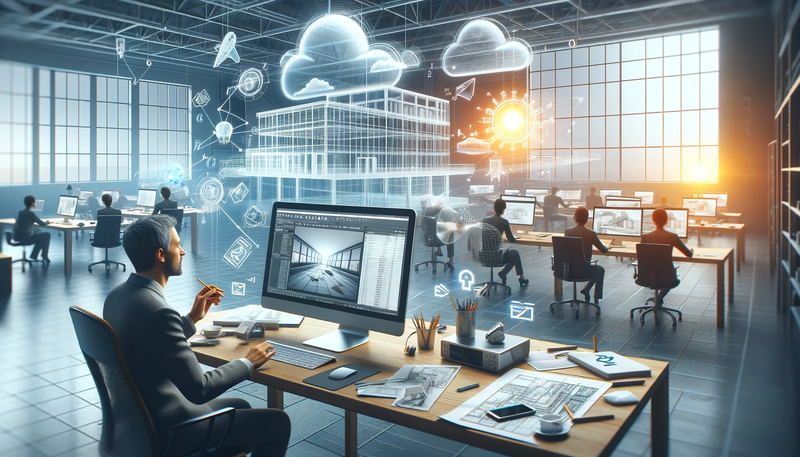
If you're dealing with hard copies of your drawings and plans, it can sometimes be rather difficult to share or distribute to others. Yet, with 3D renderings , you will have emailable digital images. This makes it a simple manner to share them with clients or colleagues. You can even upload them online to a password-protected/locked section of your website or Dropbox. You can email the link to everyone involved in that project using Dropbox. You won't need to reduce the quality of the image to avoid bouncing emails when using Dropbox.
7.) Avoiding unhappy clients.
We have a lot of experience. It's amazing how often we find and fix important problems during the design process. When clients can see the design, they often notice flaws or things that need improvement. This can sometimes lead to completely redoing the design. It might seem overwhelming at first. But, it's better to address these changes now than during or after construction. By finding and fixing design issues early on, we can prevent problems later on. We can make adjustments and improvements in a controlled environment. This saves time, resources, and conflicts. The design process is open and collaborative. Designers and clients can communicate and work together to achieve the best design. Addressing concerns and making changes during the design stage is important. It helps avoid unhappy clients and negative consequences. If design issues aren't resolved, clients can get frustrated. They might leave negative reviews or even take legal action. By proactively addressing these concerns, designers can create positive experiences for clients, build trust, and maintain an excellent reputation in the industry.
8.) An increase in sales
Interior designers using 3D rendering can maintain consistent, high-quality images for their portfolios. This is a major advantage. Capturing compelling interior photography can be a challenging task. Hiring a professional photographer often involves significant costs that may exceed rendering expenses. Gaining access to the completed property for photography is not always workable or convenient.
Designers opt for 3D rendering. They can create stunning, photorealistic images without physical access to the space. Using 3D rendering helps interior designers. It ensures consistent image quality and presentation in different projects. This creates a portfolio that shows off their design skills well. Designers can easily update their portfolios by using the rendered images. They don't have to wait for professional photography or property access. This saves time and effort. 3D rendering helps designers overcome challenges with interior photography. It also helps them have consistent image quality in their portfolio. They can quickly access impactful visual materials. Using renderings as a sales tool helps designers market themselves. It gives potential clients an immersive and persuasive experience. Using 3D rendering in the design process helps designers effectively communicate their vision. It helps them attract new clients and show off their expertise.
9.) Fix problems prior to construction
3D rendering has an invaluable benefit. It gives the chance for all decision-makers to thoroughly review the design before construction begins. This collaborative approach helps quality control personnel and other departments find potential problems and design flaws early in the project's construction process. By involving multiple stakeholders in the review process, designers can leverage their expertise and insights. They can identify and address any issues or discrepancies promptly.
This proactive approach to design review and validation helps prevent costly mistakes. It ensures that the final structure aligns with the intended vision. Designers and project teams can avoid interior architectural changes by catching and resolving design flaws early on. This can save time and significantly impact the project's budget. Making necessary adjustments during rendering minimizes the risk of costly rework. It saves both time and resources.
Involving various decision-makers in the design review process fosters a sense of ownership. It also fosters a sense of collective responsibility for the project's success. By collaborating and sharing feedback during the rendering stage, stakeholders can align their expectations. They can identify potential conflicts. Then, they can make informed decisions based on a comprehensive understanding of the design. This collaborative approach enhances communication and coordination among different departments. It leads to smoother construction workflows and improves overall project outcomes.
10. Places you ahead of the competition

We have discussed the benefits of 3D rendering. It is important to emphasize the tangible advantages it offers. Compared to companies still relying on hard-copy 2D drawings. Today's competitive market demands 3D renderings. Clients increasingly seek this visual medium to assess and evaluate design proposals. By adopting 3D rendering techniques, you position your company as a provider of premium offerings. This enhances your competitive edge.
3D rendering creates visualizations. They help you present bids in a captivating and persuasive manner. 3D renderings provide clients with a realistic, immersive experience. Clients cannot get this from 2D drawings or technical specifications. They bring the design to life. The ability to showcase the project in a visually stunning and interactive manner helps clients envision the outcome. It helps them understand the spatial layout and assess the design's aesthetic appeal. This level of engagement and clarity strengthens your bid. It makes it more compelling and differentiated from competitors who still rely on traditional 2D drawings.
3D renderings enable you to effectively communicate design intentions. They showcase the attention to detail that sets your company apart. By accurately representing materials, textures, lighting, and spatial relationships, you show a thorough understanding of the project. You also show the ability to translate ideas into visually stunning representations. This level of professionalism and visual clarity builds trust with clients. It showcases your commitment to delivering high-quality results.
Using 3D renderings shows your company's adaptability and willingness to embrace innovative technology. Clients are increasingly seeking innovative solutions that go beyond traditional methods. By incorporating 3D rendering into your workflow, you show you respond to industry trends and client expectations. This positions your company as forward-thinking and capable of delivering modern design solutions.
11. Flawless lighting
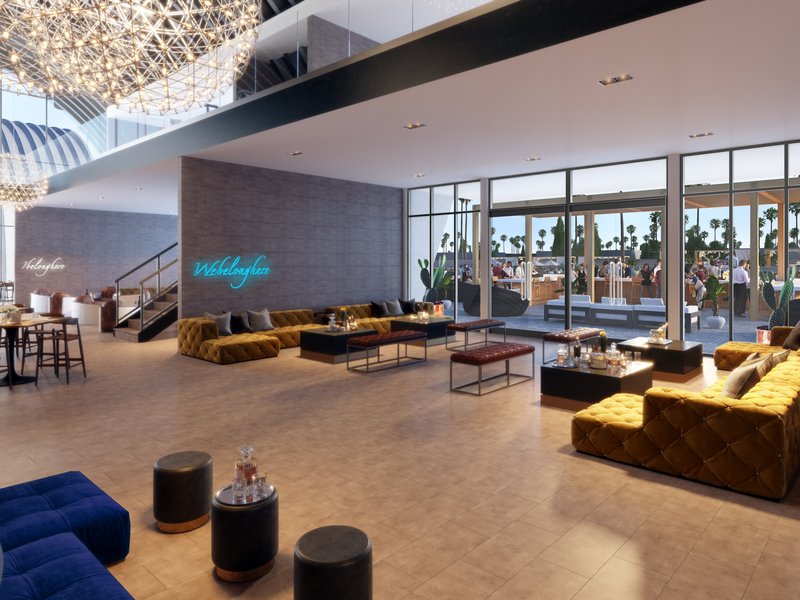
Traditional photography often faces challenges with lighting interiors. In the middle of the day, when the sun is high, there is a big difference in the lighting inside and outside the property. Windows can become overexposed because of this difference. Interiors can also become underexposed. This makes it hard to accurately capture the space. Photos taken early in the morning or at dusk have better lighting conditions. However, the changing light as the sun rises or sets can still make it difficult to get consistent and desired results. Some rooms may not photograph well because of limited natural light or unfavourable angles. However, architectural renderings can overcome these limitations. One of the primary advantages of using renderings is the ability to have creative control. You can also play with the lighting. Renderings allow for the creation of ideal lighting scenarios. This may not be possible in real-life photography. The lighting can be precisely controlled. It can be consistent, warm, and inviting across all images. This results in a visually pleasing representation of the space. Renderings also offer flexibility. You can change the property in ways that may not be possible in reality. You can remove or reposition walls. Camera angles can be adjusted to showcase the space in the best way. This freedom in composition and design allows for the creation of visually stunning images. These images effectively highlight the property's features. These advantages of architectural renderings are significant for marketing or building a portfolio. Renderings provide the opportunity to showcase spaces in the best possible light. They avoid the limitations of traditional photography. Consistent, visually appealing images enhance the overall presentation of marketing materials. They also enhance the presentation of a portfolio. They leave a lasting impression on potential buyers or clients.
12. 3D rendering enhances your branding and marketing
3D rendering is valuable for maintaining a consistent look in your branding and marketing. This helps to show professionalism. It also creates a unified visual identity that strengthens your brand image and appeals to your target audience. Many designers use 3D rendering to display their skills. They add past projects or conceptual designs to their portfolio. This shows potential clients or employers what they can do. It attracts new projects and allows them to pursue the work they want, not just what they've done before. It also gives them a chance to rebrand. They can showcase their ability to handle more complex projects. In fields like interior design, architecture, and construction, your portfolio influences the projects you get. Using 3D rendering improves your portfolio and enhances how people see your skills. These high-quality images catch the attention of clients or employers. They show off your abilities in the best possible way. With 3D rendering, you have more control over how you present your work. You can choose the angles, lighting, and composition to highlight the important features and design elements. This ensures your renderings accurately represent your vision. It also makes a powerful impression on viewers. Including 3D renderings in your branding and marketing lets you stand out from competitors. It establishes you as a professional with a consistent visual identity. These renderings not only attract attention but also prove your expertise and aspirations. They're a valuable tool for rebranding and improving your professional image. They help you reach new heights in your career or business.
Our Services
View some of our most popular services below.











